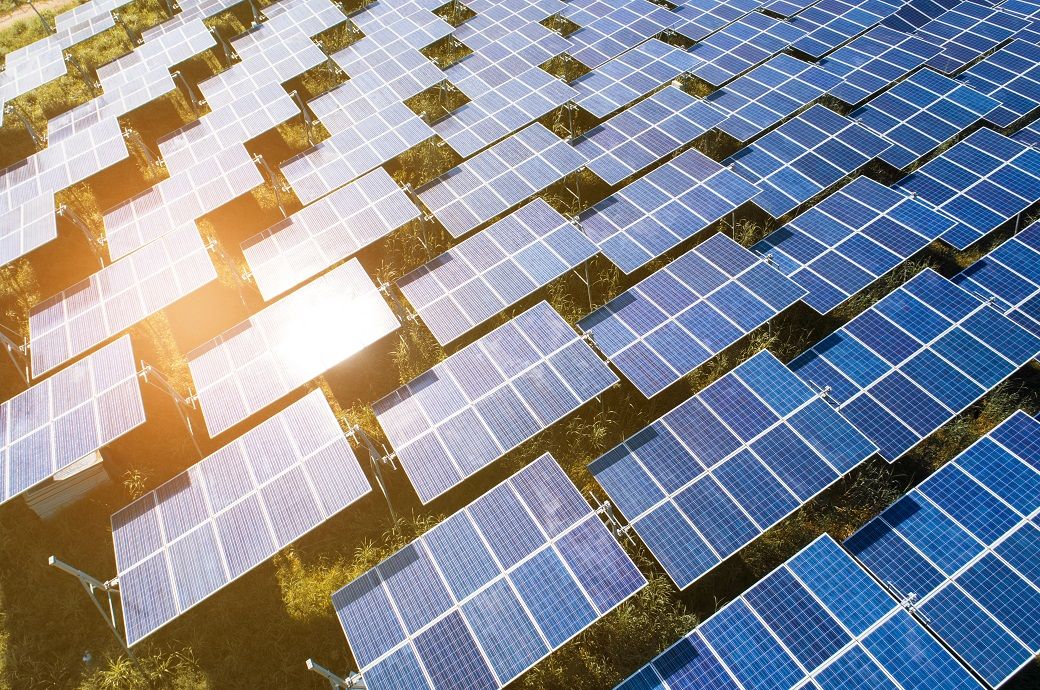
A record-breaking increase of 107GW in global renewable capacity by 2023 is anticipated, mainly due to expansion across all major markets. Renewables are leading Europe's response to the energy crisis, while the US and India are seeing significant increases due to new policy measures. China is expected to account for nearly 55 per cent of global renewable power capacity additions in 2023 and 2024.
Solar PV will constitute about two-thirds of the capacity increase, with its expansion covering both large-scale plants and smaller systems. Rising electricity prices are stimulating the growth of rooftop solar PV, enabling consumers to cut their energy costs. Manufacturing capacity for all solar PV segments is set to more than double to 1,000 GW by 2024, driven by China, along with increasing supply diversification in the US, India, and Europe.
Wind power is also projected to grow almost 70 per cent year-on-year in 2023 due to the completion of projects delayed by the pandemic and supply chain issues. However, 2024 growth will be contingent on the extent of policy support governments can provide to address challenges in permitting and auction design.
Following Russia's invasion of Ukraine, the forecast for renewable capacity additions in Europe has been revised upwards by 40 per cent. Increased policy support in key European markets, along with high electricity prices, has enhanced the financial appeal of small-scale rooftop solar PV systems. These new solar PV and wind capacities have reportedly saved EU electricity consumers €100 billion between 2021 and 2023 by displacing pricier fossil fuel generation.
To adapt to the rapidly changing market conditions, government policies must evolve, focusing particularly on renewable energy auctions. It is also essential to concentrate on efficient and secure integration of high shares of variable renewables in power systems, including timely planning and grid investments.
Fibre2Fashion News Desk (NB)